BCI and Mafalala Museum: Walking through Mozambique's cultural heritage side-by-side
Mozambique: Guided tour of the ‘Experimental Field’ exhibition at the National Art Museum
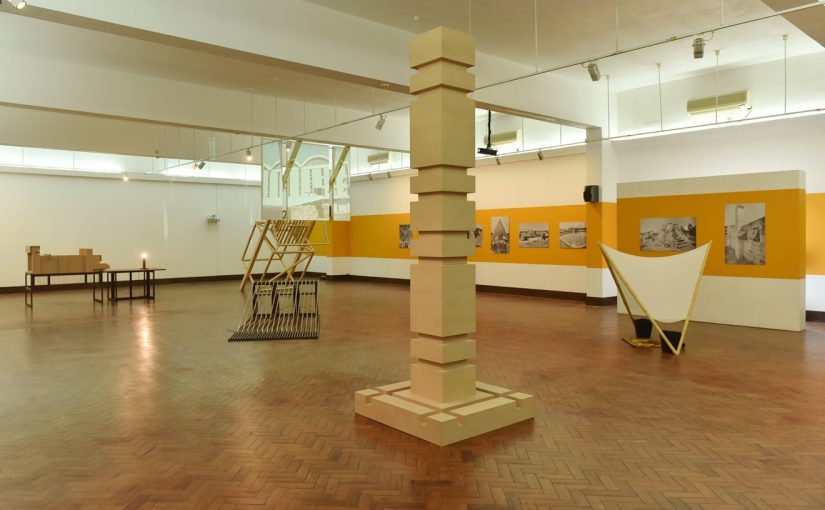
All photos by Yasmin Forte via Camões – Centro Cultural Português em Maputo
On Thursday, February 13, at 5:00 p.m., the National Art Museum will offer a guided tour by historian Alda Costa of the ‘Campo Experimental’ [‘Experimental Field’]exhibition, by Ângela Ferreira in collaboration with Alda Costa.
Admission to the guided tour, themed: “Ângela Ferreira: An artistic practice where personal history and the history of Mozambique intersect”, is free.
The exhibition will close on Sunday, February 16. Until then it will be open from 9:00 a.m. to 6:00 p.m. on Wednesday, Thursday and Friday, and from 9:00 a.m. to 5:00 p.m. on Saturday and Sunday.
The exhibition
Experimental Field: Ângela Ferreira, in Collaboration with Alda Costa, explores material and environmental research undertaken in the early years of Mozambique’s independence. The exhibition takes its name from an outdoor agricultural learning laboratory maintained at Eduardo Mondlane University’s campus, where university staff, researchers and students worked together to produce food, design resources, tools and structures, and train farmers and community technicians. This experimental site was coordinated by TBARN (Técnicas Básicas de Aproveitamento de Recursos Naturais), a research group formed in the early years of the socialist government to improve farmers’ production and quality of life with minimal resources.
Ângela Ferreira builds on TBARN’s visual and textual remains to reveal the revolutionary ethos that made Mozambique a global centre for radical experimentation in the 1970s and early 1980s.
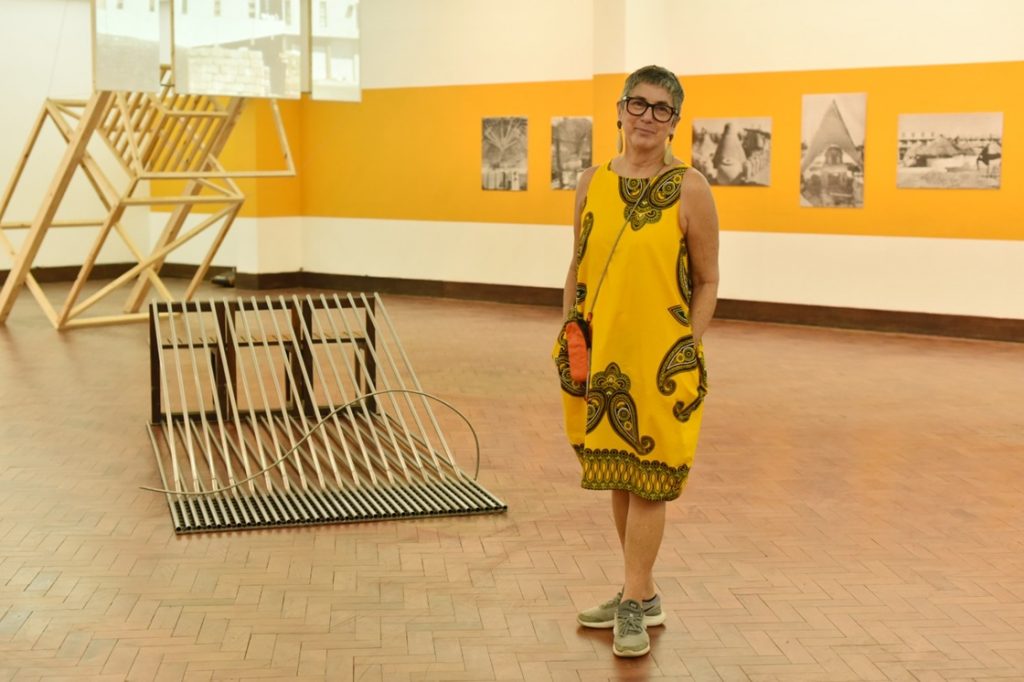
The exhibition expands on Ferreira’s research-based practice and its search for the contemporaneity of the past. Experimental Field emerges from the artist’s ongoing dialogue with Alda Costa, a pioneer Mozambican art historian and cultural worker whose lived experience during socialism and scholarship thereafter have made her living memory of an unmatched moment in cultural history. In the exhibition, historical objects from Costa’s milieu and personal collection are displayed alongside Ferreira’s work. These objects’ design reveals the period’s placement of material conditions at the forefront of cultural production. Through this dialogue, Ferreira’s works investigate histories that simultaneously express political pragmatism and creative playfulness, being locally grounded and international in their reach.
Originally opened at the @rialto6_art contemporary art space in Lisbon, Angela Ferreira’s first solo exhibition in a public institution in Mozambique, the National Museum of Arts, arrived in Maputo in an expanded format.
The exhibition explores material and environmental research carried out in the first years of the country’s independence (1975) involving different work fronts. The title of the exhibition specifically refers to the name of an agricultural learning space maintained on the Eduardo Mondlane University campus from 1976, where staff, researchers and students worked together to produce food, design tools and structures, and train farmers, peasants and community technicians.
This experimental site was coordinated by the TBARN Study Centre (Técnicas Básicas de Aproveitamento de Recursos Naturais/Basic Techniques for Harnessing Natural Resources), a broad research group formed in the early years of the post-independence revolution to, among other things, improve production and the quality of life of farmers with minimal resources.
READ: Ângela Ferreira in collaboration with Alda Costa: Experimental Field @ MUSART, Maputo
Ferreira draws on TBARN’s visual and textual traces to reveal the revolutionary spirit that made Mozambique a global centre of radical experimentation in the 1970s and early 1980s
The project expands Ferreira’s research practice and her search for the contemporaneity of the past. ‘Campo Experimental’ emerges from the artist’s ongoing dialogue with Alda Costa, a Mozambican art historian and cultural worker whose lived experience during the period of the post-independence socialist revolution and subsequent years, as well as her later studies, make her a living memory of an incomparable moment in cultural history.
In the exhibition, historical objects from Costa’s personal collection are displayed alongside Ferreira’s work. The design of these objects highlights the importance of material conditions at the forefront of cultural production in the early years of independent Mozambique. These characteristics accentuate the TBARN aesthetic present throughout the exhibition: the multifunctional use of simple materials, the emphasis on the angular shapes of objects intended for pragmatic use and the vibrant colours on the walls, based on the information pamphlets produced by the university (Queimadas, 1977). Ferreira emphasizes the experimental nature of TBARN by transforming some structures developed at the time into strictly aesthetic objects – aesthetic thinking becomes a productive method for reimagining aspects of rural life under a new model of collectively.
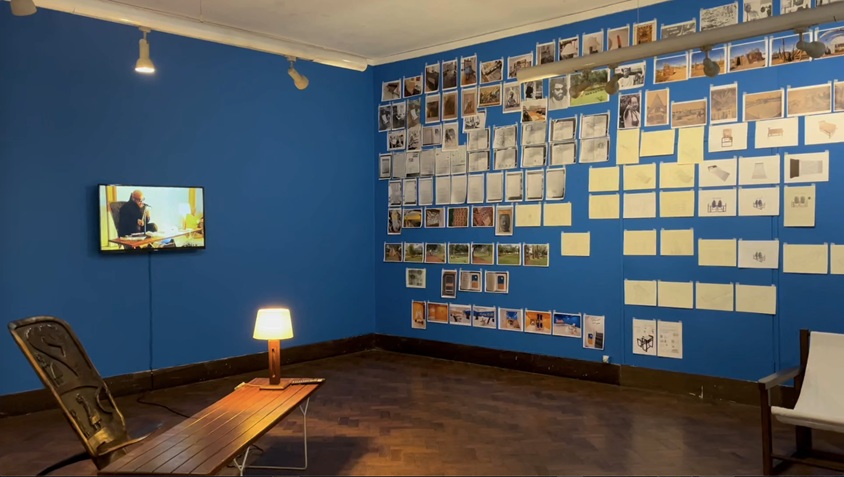
Originally opened at the Rialto6 contemporary art space in Lisbon, the exhibition arrives in Maputo in an expanded format: it includes videos of musician Scúru Fitchádu in a performance commissioned for the exhibition, photographs by Kok Nam of TBARN’s experimental campus, and images used by Ferreira in the process of creating his works. Other works referring to Mozambique were included in the exhibition in this version presented at MUSART, including ‘For Mozambique’ (2008), shown for the first time in the country.
Through a dialogue between diverse voices and temporalities, Ferreira’s works investigate stories that express both political pragmatism and creative playfulness, being both locally rooted and internationally far-reaching.


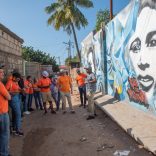



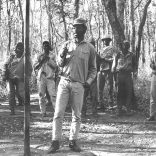


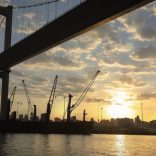
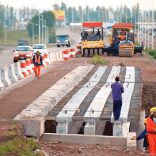
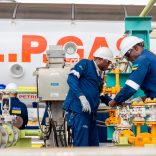
Leave a Reply
Be the First to Comment!
You must be logged in to post a comment.
You must be logged in to post a comment.